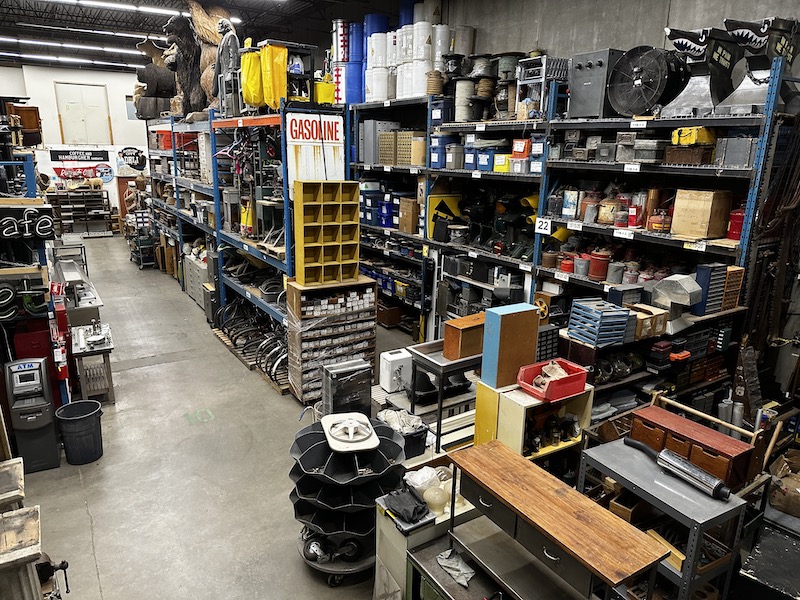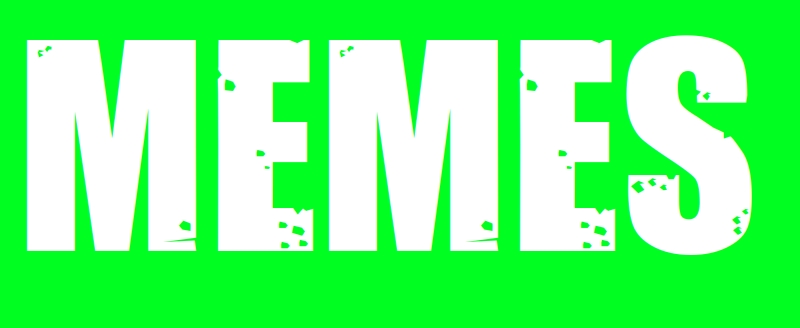

I think it’s dependent on where you live to be honest. Lawns aren’t native in my area, and are easily overtaken by other non-native plants. If you xeriscape or create a native garden it can be easier, or at least the same amount of work to maintain after it gets established.
Where I’m at, lawns quickly get overtaken with numerous types of (non-native) weeds and blackberries - it’s a constant fight to maintain a lawn. Sprinkler systems are also not common here, so you typically have to manually water an entire lawn by hand as opposed to specific plants with drip lines.











I keep a robe and also shorts near my bed. If there’s a huge catastrophe that doesn’t allow me to get either of those on, oh well.